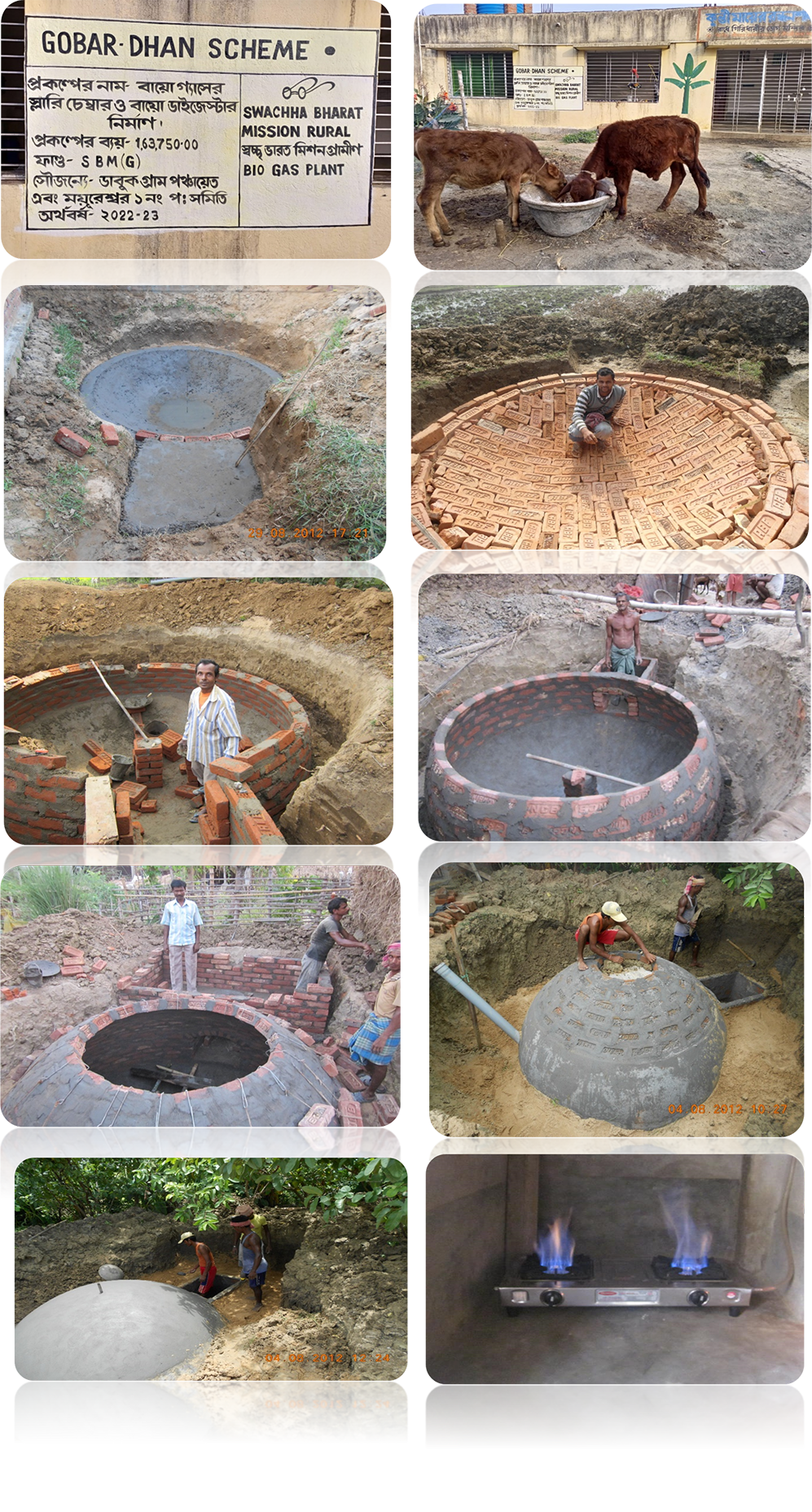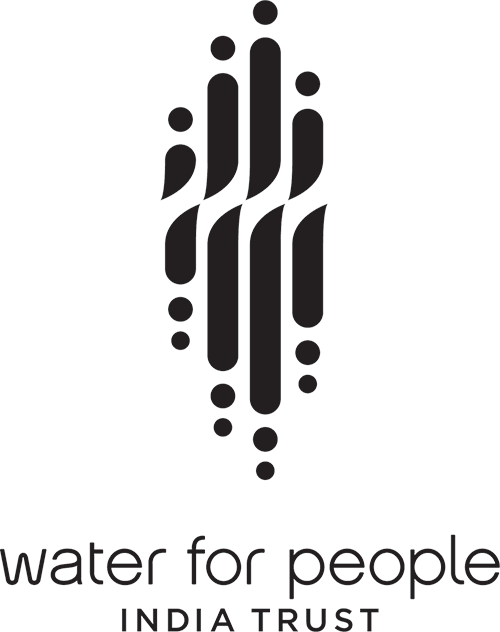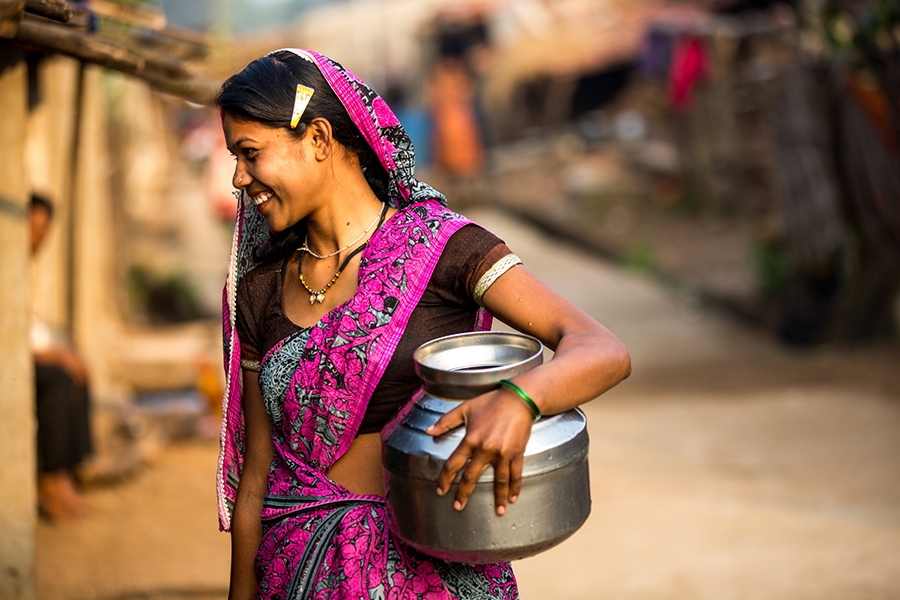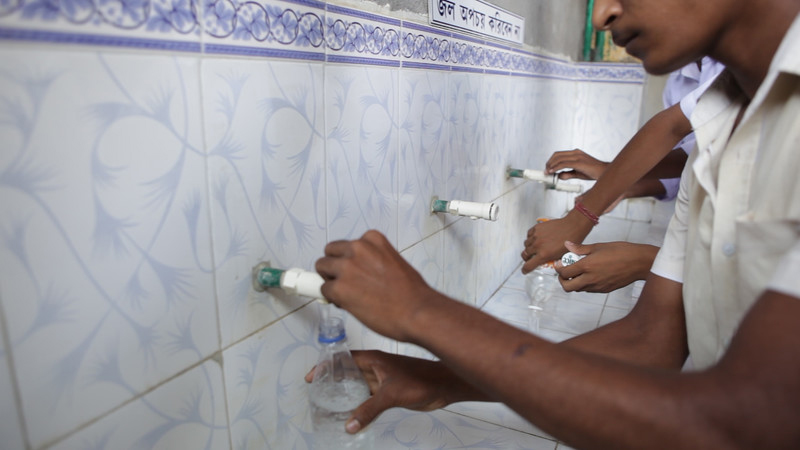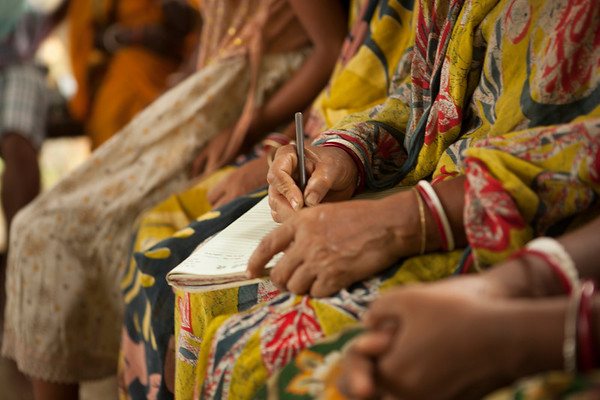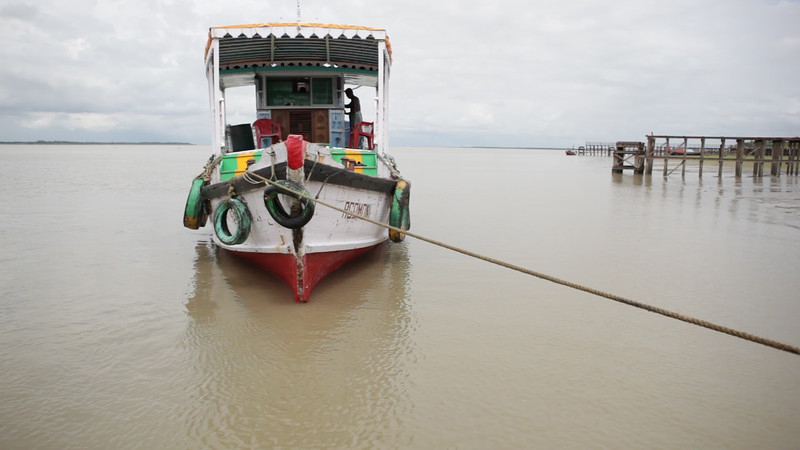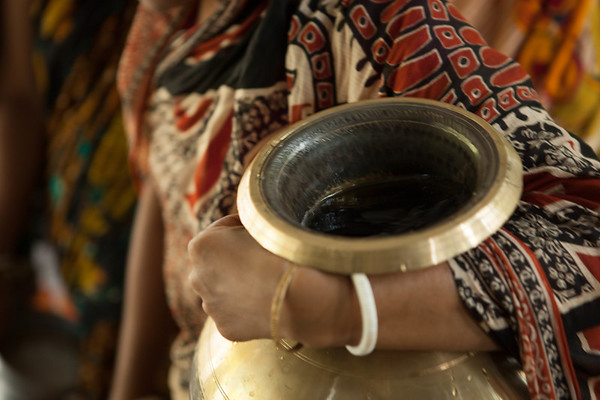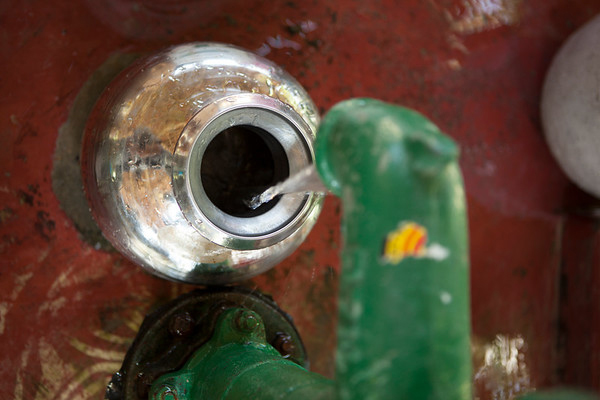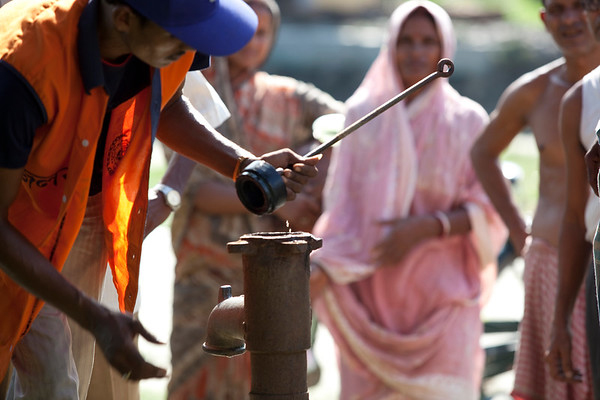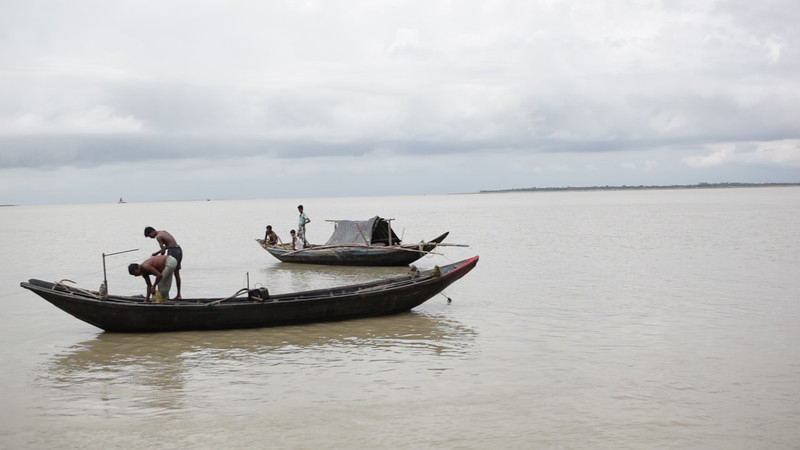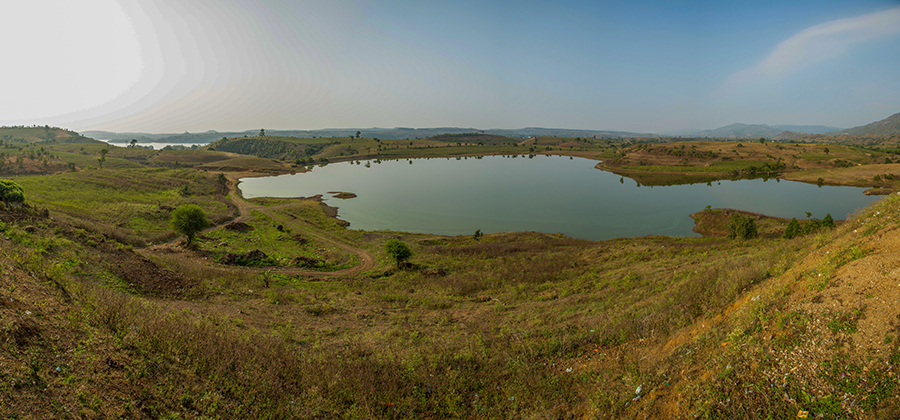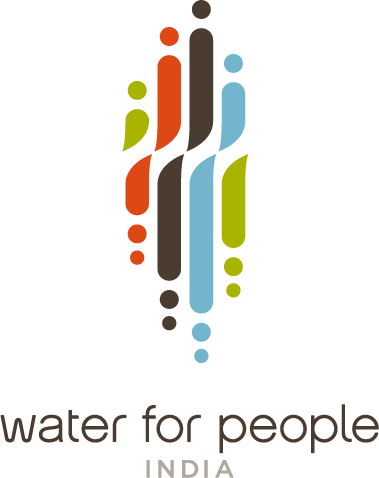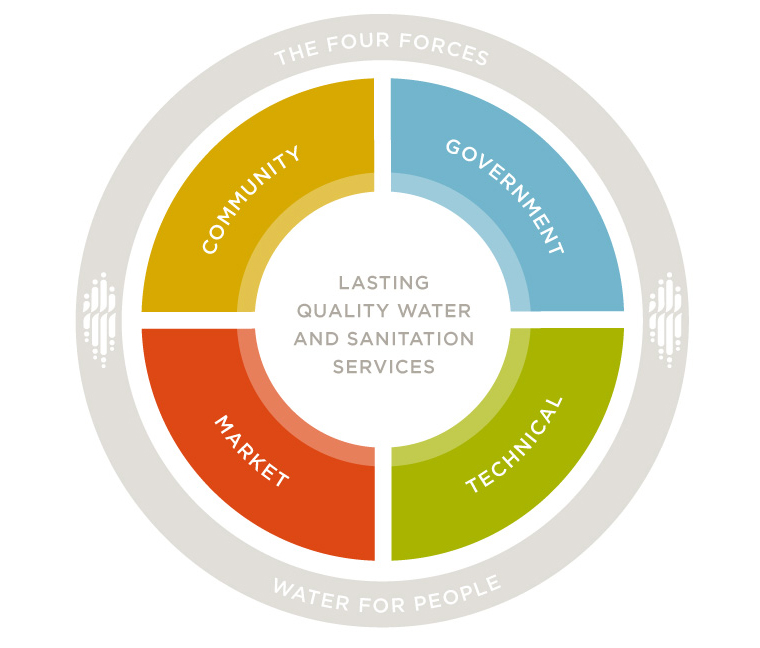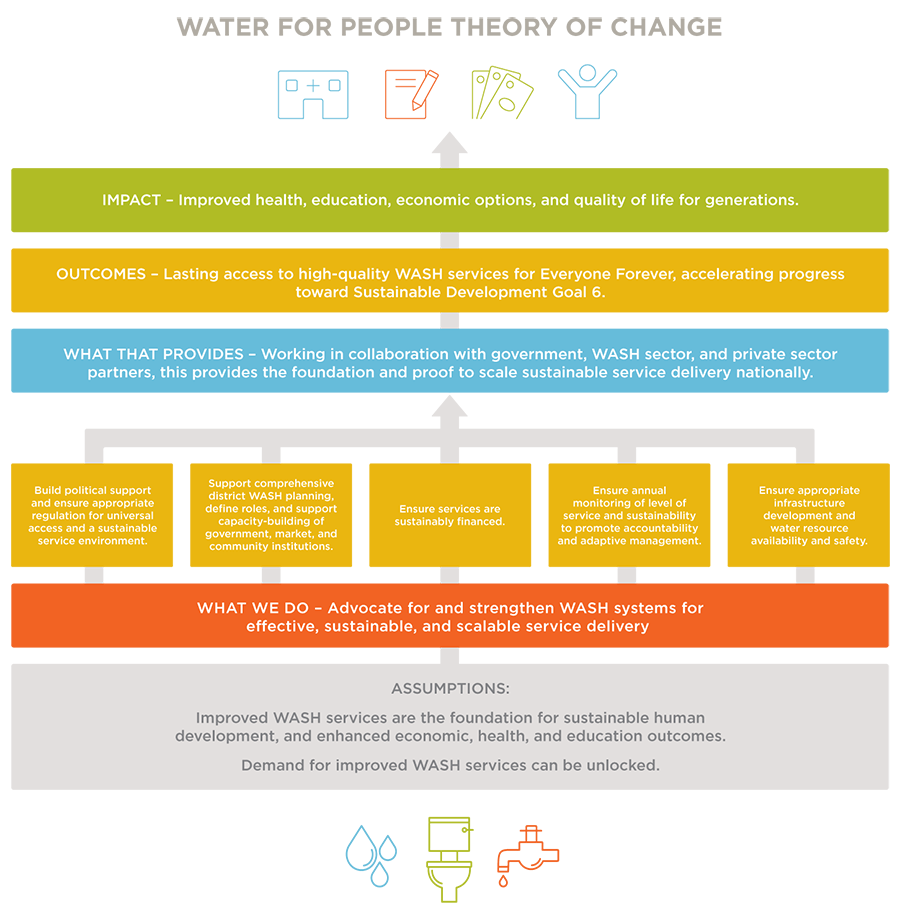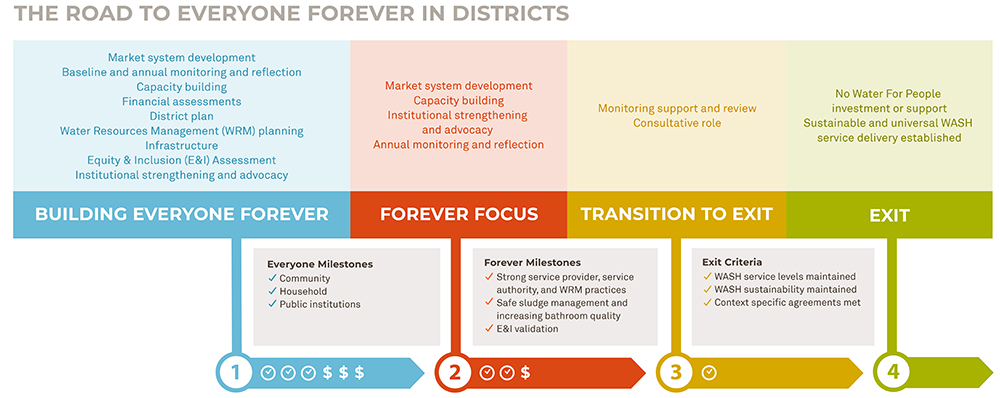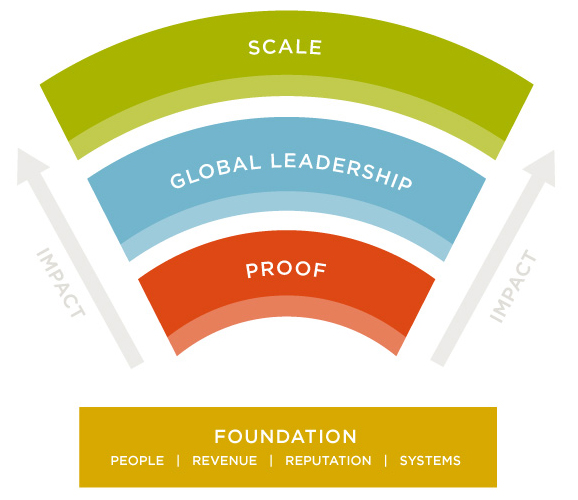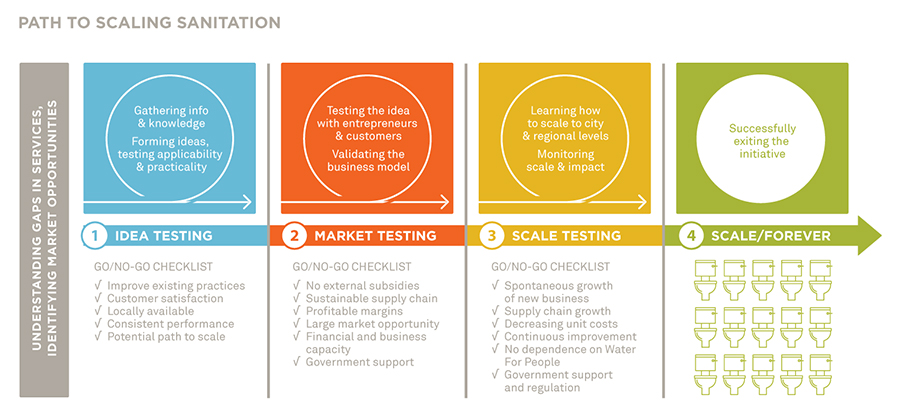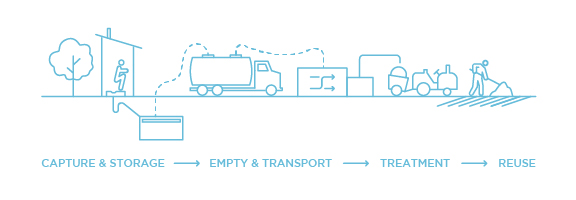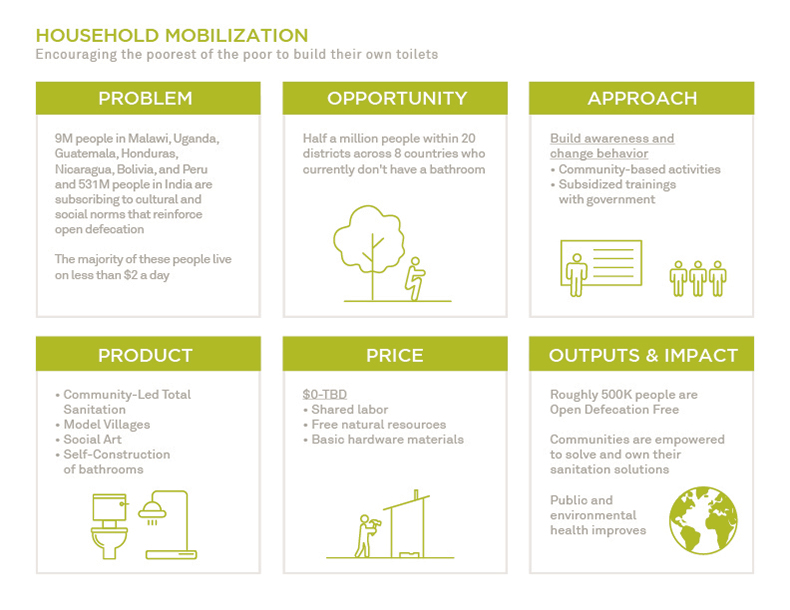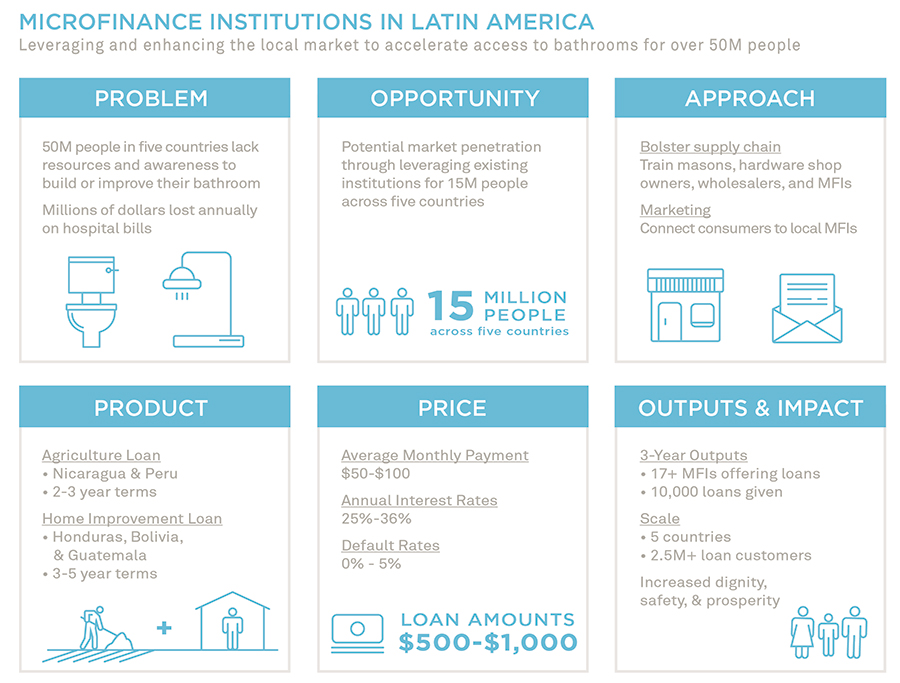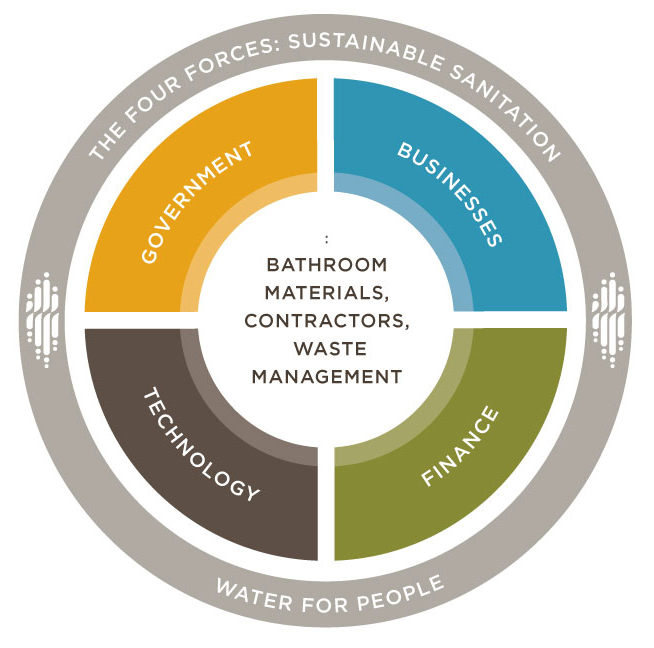Background:
The GOBAR-Dhan scheme was launched in April 2018 by the Department of Drinking Water and Sanitation under the Jal Shakti Ministry.
The project focuses on keeping villages clean, increasing the income of rural households, and generating energy from livestock waste. This project is being implemented as part of Swachh Bharat Mission (Grameen).
The Swachh Bharat Mission (Grameen) consists of two main components for promoting clean villages – creating open defecation-free (ODF) villages and solid and liquid waste management (SLWM) in villages.
Also unified portal of GOBAR (Galvanising Organic Bio Agro Resources)-Dhan ensures smooth implementation of biogas schemes with real-time tracking.
Geographic details of the implemented area:
The Area of Intervention was situated at Birchandrapur Village of Dabuk Gram Panchayat of Birbhum District. The Birbhum district is mainly gone under a part of ancient Rarh Region of Choto Nagpur plateau.
The maximum area of this district consists of loose laterite red low fertility soil and in the east, the flood plains of the major rivers, such as the Ajay, Bakreshwar, Mayurakshi and Brahmani and have soft alluvial soil.
Birchandrapur village is in the northeast region of Birbhum under Mayureswar I, which is a part of Bramhi Mayurakhi Basin. This block is bounded by Rampurhat I and Rampurhat II in the north, Murshidabad district in east Mayureswar II and Sainthia in south and Md Bazar in the west.
Demographics details of the implemented area:
Demographically this block consists of nine Gram panchayats and has a population of nearly 190,000 as per census with 34% being schedule caste and 7% being schedule tribes.
Most of the community earn their livelihood as agricultural labor, while the rest survive on occupations such as cultivators, household industries and other activities such as cottage industry or any other factory etc.
Birchandrapur, where the Model scheme is implemented, is a medium size village with a population of 3551, with 1207 being Schedule Caste and 249 being Schedule Tribe.
Problem:
With this geographic and demographic context, the Gobar Dhan Scheme was introduced by Birbhum Zilla Parishad in collaboration with Naupara Mahila Kalyan Samettee.
As we already know, the key objective of SBM-G, phase II is maintaining visually clean village with sustainable ODF status, and then a village to be declared a Model Village.
Regarding this matter Solid Waste Management, Liquid Waste Management and IEC & BCC activity have been prioritized immensely.
In the initial stage the local government conducted a survey at the community level and proposed to the Mandir committee for this project. The committee also had 15 cows with a suitable space. After all this assessment this scheme was implemented.
Intervention:
Structurally a Biogas plant consists of the following:
- A slurry collector chamber where the cow dung is deposited mixed with water in 1:1 ratio
- The mixture is collected in a concrete dome structured tank which is connected through a PVC channel with the slurry collector on the other side
- After 45 days of bio waste digestion the first production takes place, and day by day the spent slurry keeps on rising in the dome as the gas keeps increasing in the tank
- There is a further outlet which is connected through a pipe in which gas is collected for further use
- Lastly the spent slurry is removed through a slurry collector which can be further used as land fertilizer.
Impact:
- It greatly impacted the local community and the Mandir committee as they now safely manage their livestock waste, agricultural waste and all organic waste.
- They also save their fuel consumption costing because they now use bio-gas for prasad cooking and it serves approx. 60 to 80 people every day
- This scheme also promotes the system of converting livestock and organic waste into resources by using decentralized mechanisms.
- The last product i.e spent slurry used as fertilizer in rural areas.
- This scheme helps prevent vector-borne diseases in rural areas
- Lastly it may promote rural entrepreneurship, employment, and income generation opportunities.
Challenges:
When the plant was first proposed to the local community for implementation they disagreed as they were completely unaware of the benefits of this scheme.
It required a lot of convincing the community to create a model demonstration at Panch Pandav Mandirtala, but they saw the benefits of the cattle waste utilization. Hence, this was implemented in this village, embracing the future scope of income generation.
Achievements & take aways:
“Now our fuel consumption cost has reduced and we can serve more disciples every day.
with more good food items and some quantity of biogas waste used as fertilizer for our own land and remaining product are sold to the village people, it’s also benefit our mandir committee like as another income source and which may also help the O& M processes of this wonderful scheme “, said Birbhadra Goswami, Mandir Committee In charge.
“Maximum organic waste is now utilized in a productive way and the waste transform into resource in real meaning and it also helps panchayat to maintain village cleanliness in a sustainable manner, so we are thinking to replicate more schemes in our panchayat in future,” said Kalayani Goswami, Pradhan, Dabuk Gram Panchayat.
Photos:
